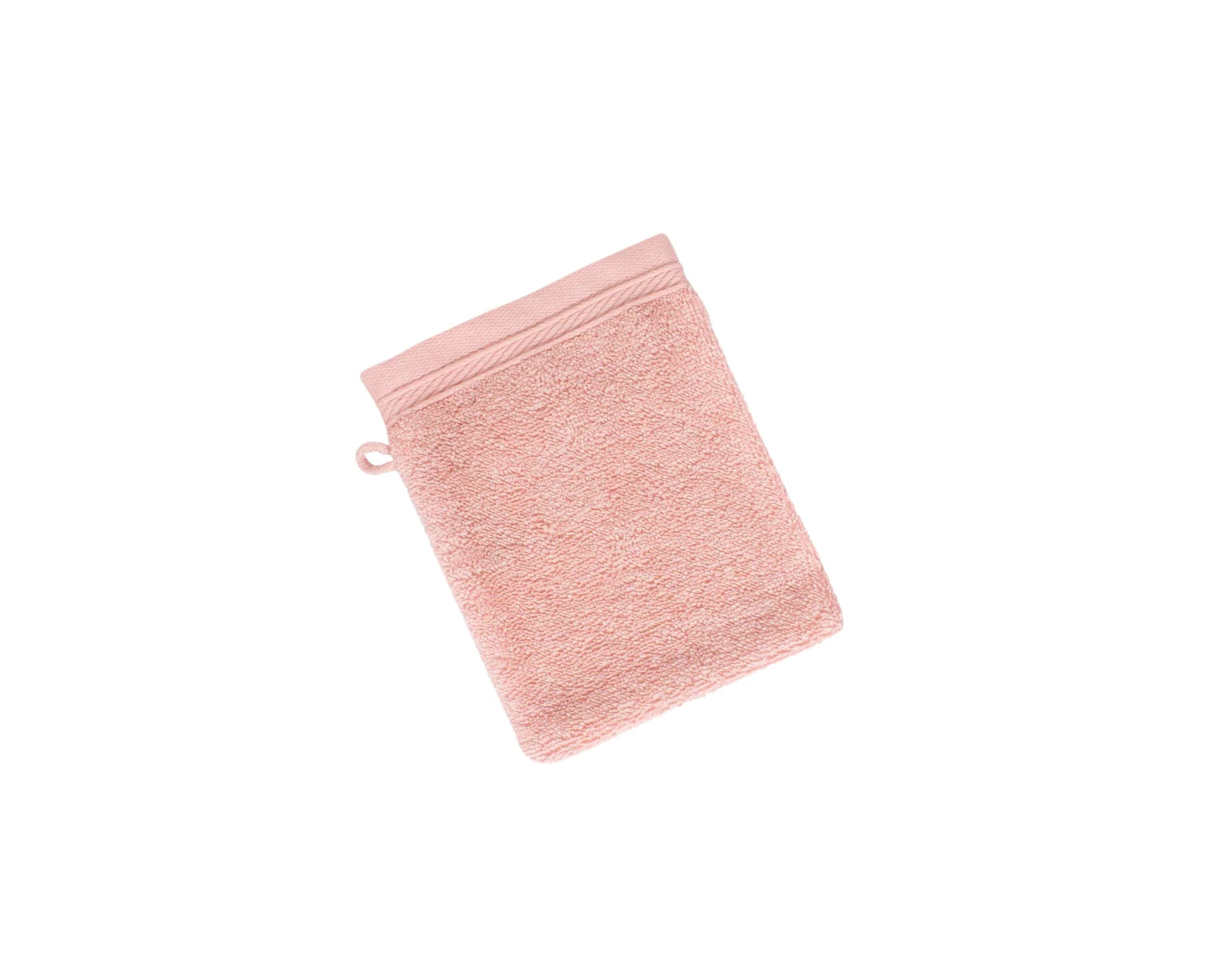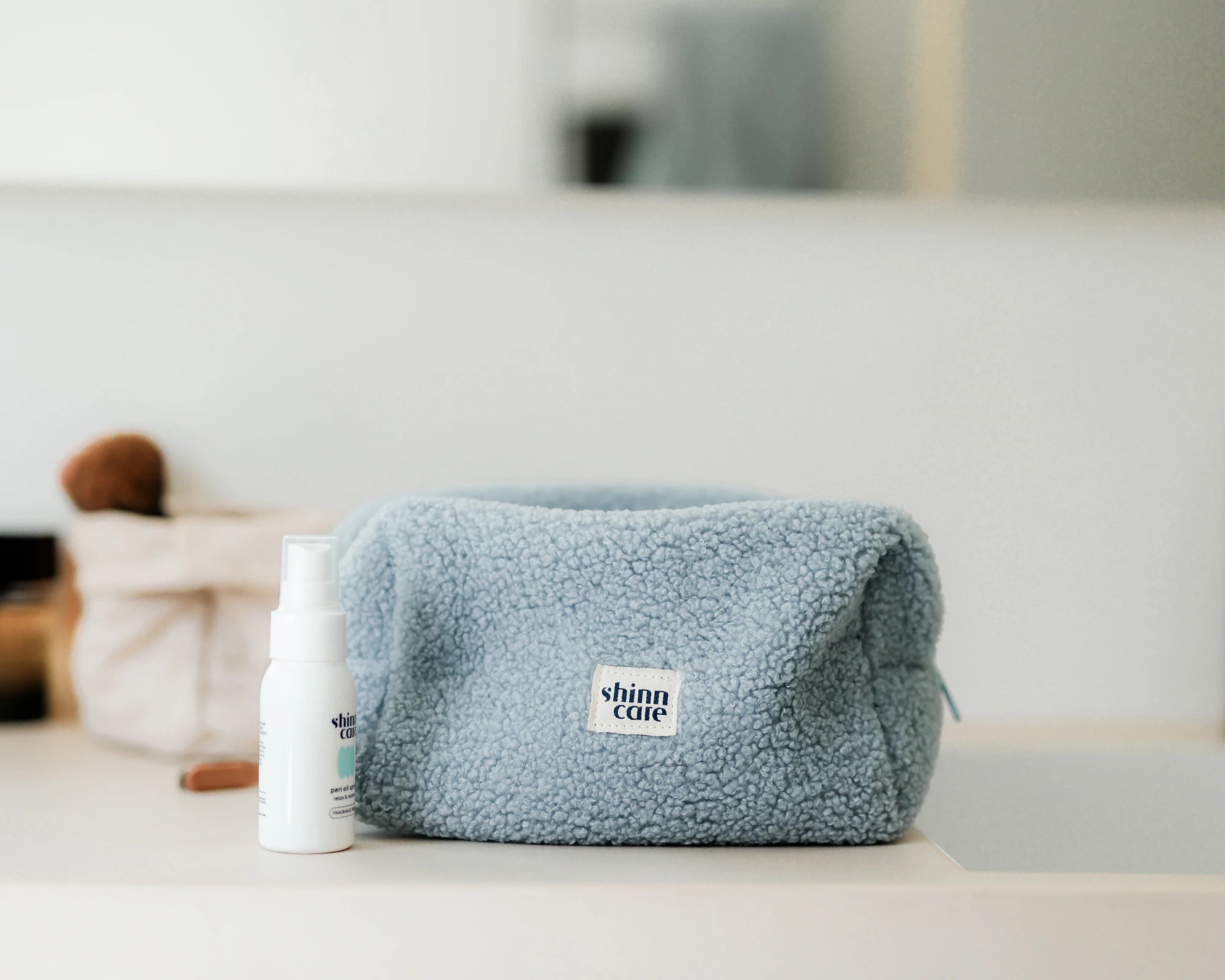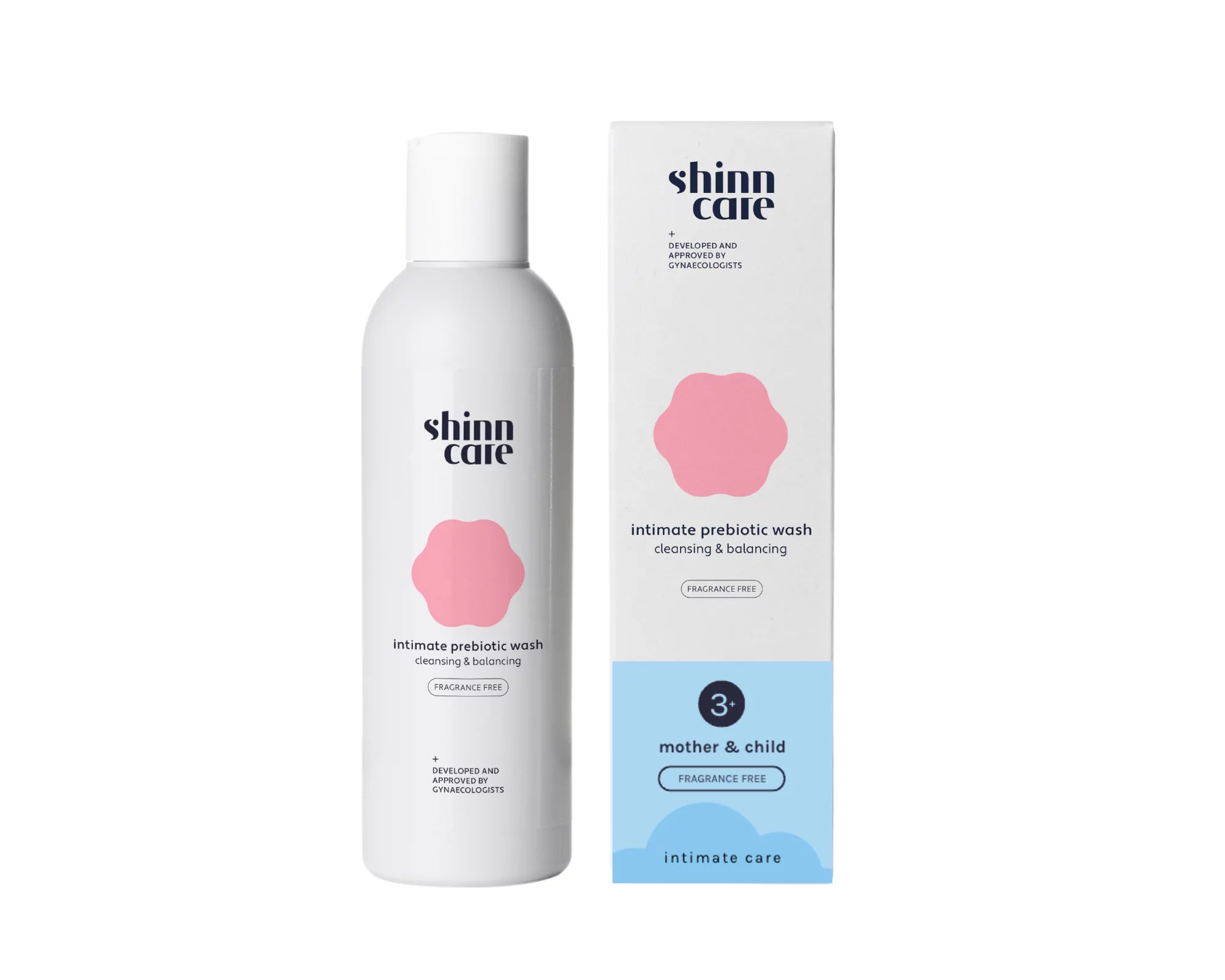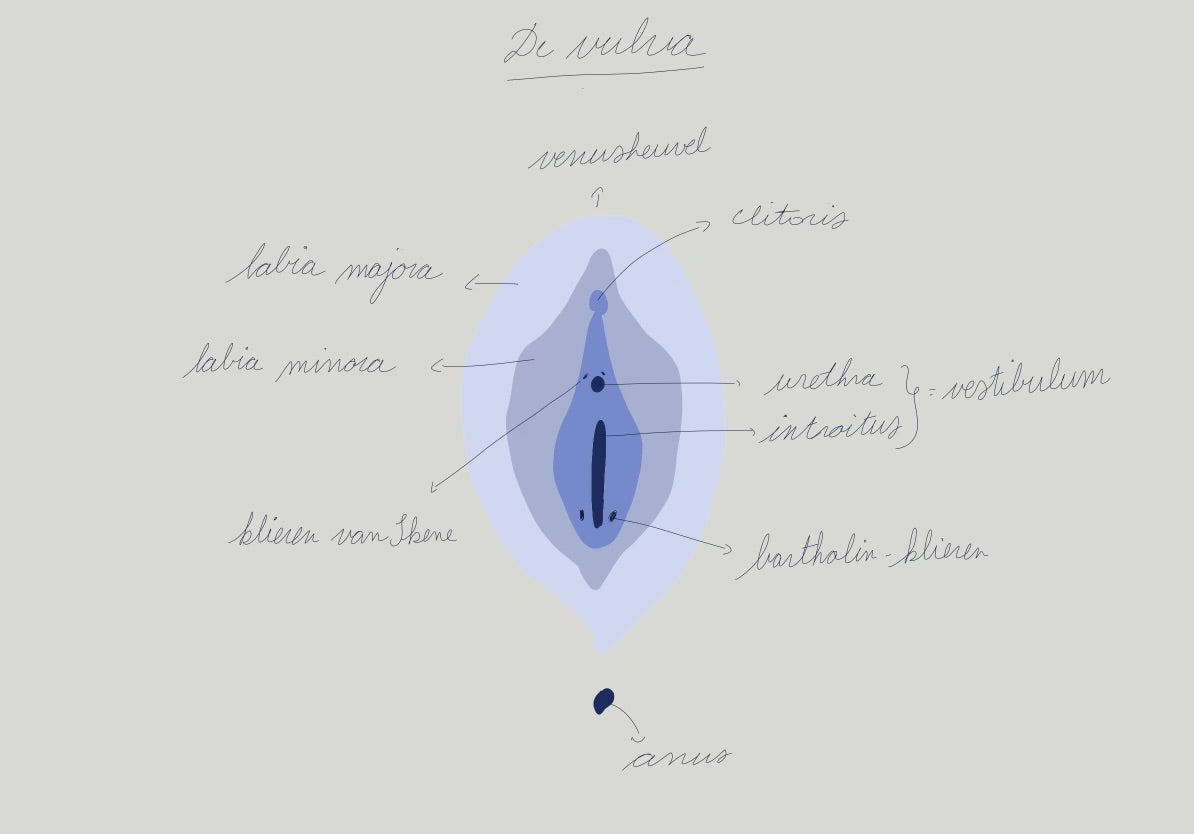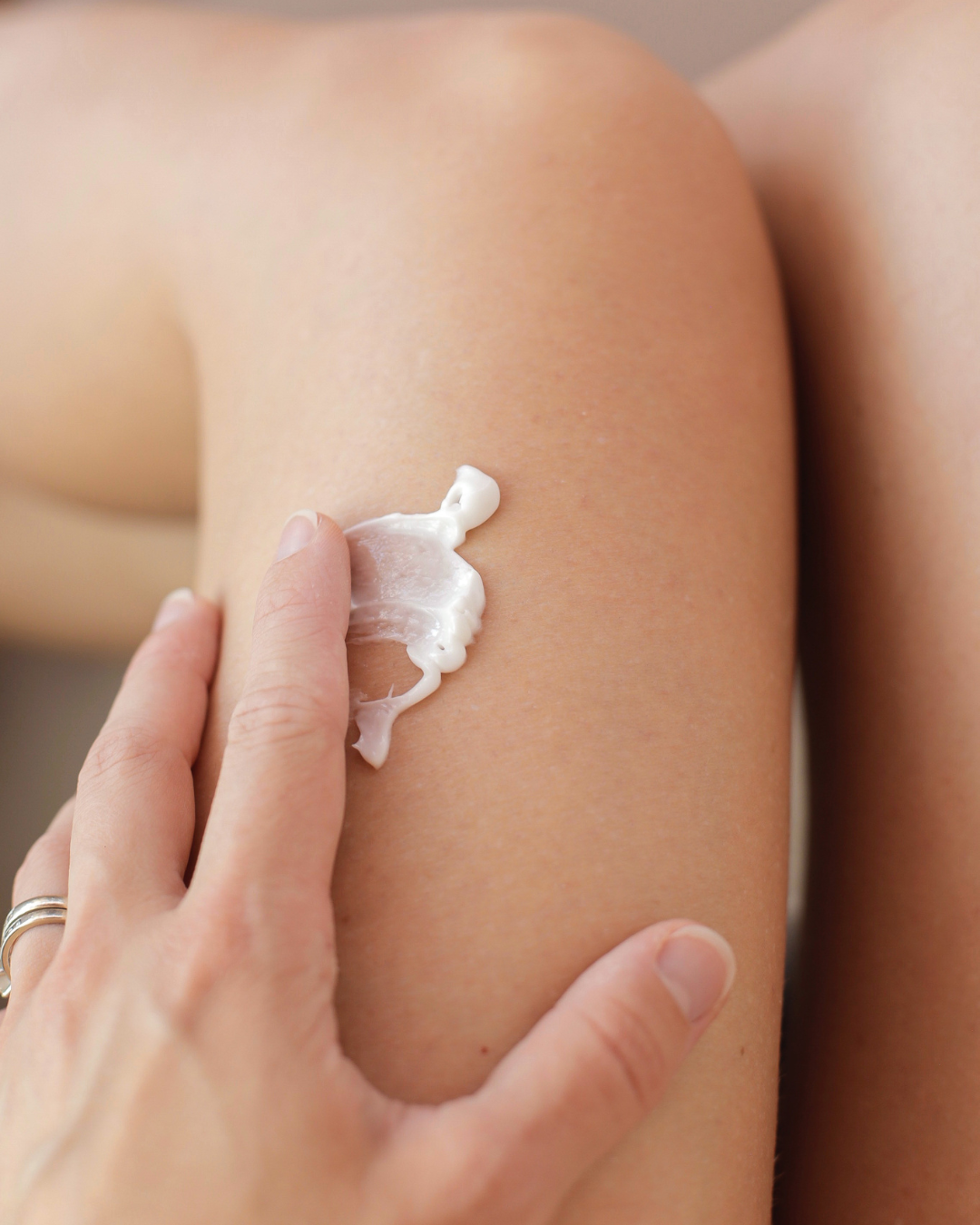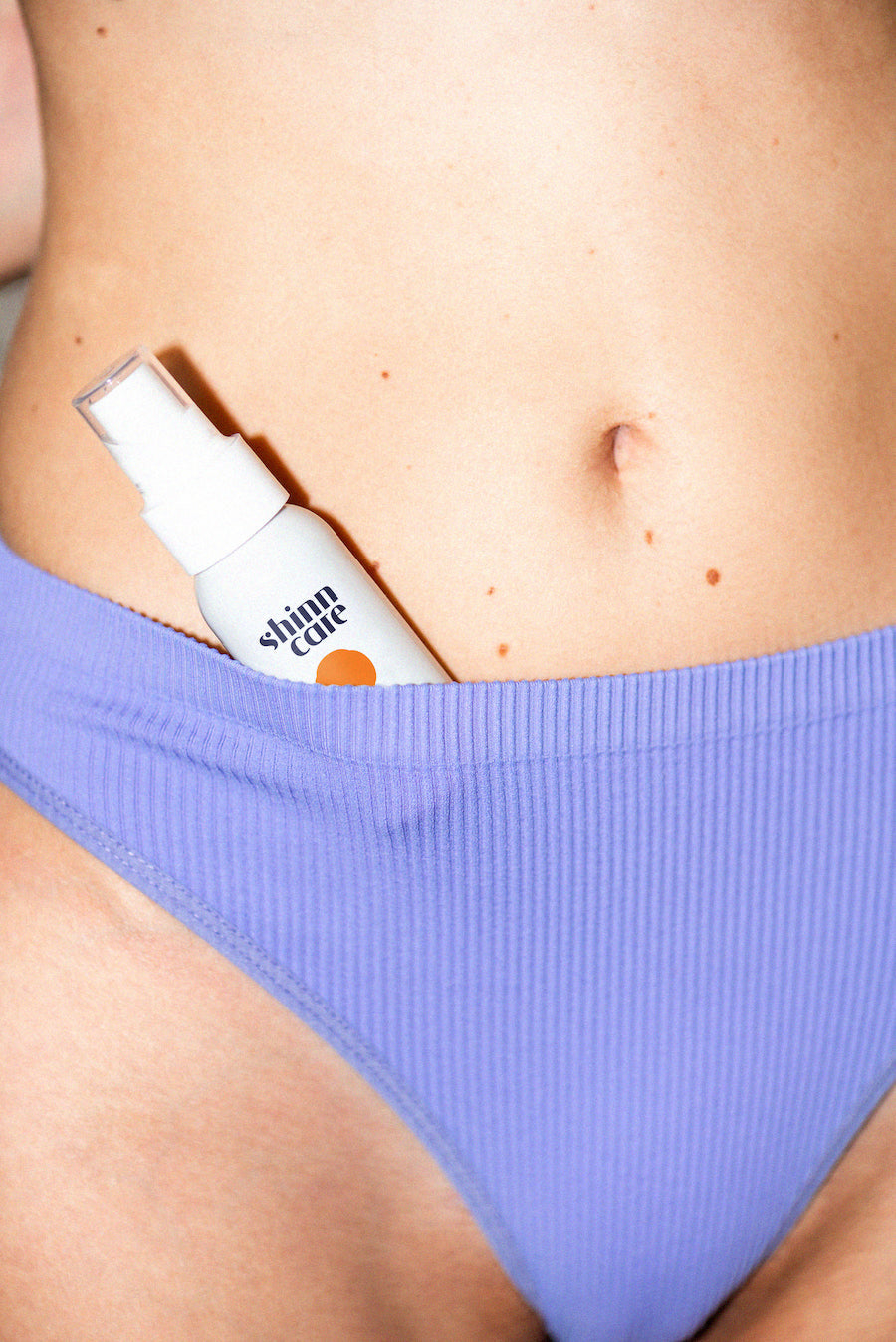Vulva, vagina,
labia, vestibulum ... Some confusion still exists when it comes to our intimate
region. Time for a "bottom-up" approach. Take a mirror and have a
look! It may feel a bit awkward but you're not the first one who did this. Let's take a step-by-step approach. The Venus mound or 'mons pubis' is a
fat pad on the pubic bone and contains hair follicles. The quantity, color,
texture, ... of hair differs for everyone and varies from age to age. It
functions as a soft buffer between you and your surroundings.
The region between the Venus mound, groin and anus is called the vulva.
This is not the vagina, as many mistakenly think. The vulva refers to a woman's
external genitalia. It includes the outer labia (labia majora), the inner labia
(labia minora), the clitoris, and the vestibulum that surrounds the exit of the
urethra (urethra) as well as the opening of the vagina (introitus).
The outer or "major" labia, although not always"greater", are 2 skin folds of fatty tissue covered with pubic hair.They protect the opening of the vagina and the inner labia. Big, small, short,long ... the labia majora are different from person to person. They arehormonally and sexually sensitive and can swell due to sexual arousal.
The inner labia run from the clitoris to the back of the vagina. They,
too, are unique. For instance, their color varies according to the color of a
woman's skin, age or hormonal status. Laboratories minora are thinner than the
majora because they contain no fatty tissue. They can be wrinkled or smooth and
often contain sebaceous glands and papillae.
The clitoris looks like a small lump that bears a strong resemblance to
the penis. But make no mistake, most of the clitoris is inside your body behind
the labia and around the entrance to the vagina. For instance, it was recently
discovered that the G-spot at the beginning of your vagina is also part of the
clitoris. The size of the clitoris varies between 3 and 8 millimeters and gets
harder during sexual stimulation.
<="" o:p="" span="">The vagina is the canal that runs from the cervix to the outside of your
body. The canal is elastic and surrounded by connective tissue, smooth muscle
tissue, blood vessels and nerves.
The vagina is the canal that runs from the
cervix to the outside of your body. The canal is elastic and surrounded by
connective tissue, smooth muscle tissue, blood vessels and nerves.
When examining the vulva and perineum, the 3 openings
are usually obvious. Did you know that there are actually 7 openings, although
often not immediately visible? Longitudinal to the exit of the urethra at 1 and
11, the glands of Skene drain and along the vagina at 5 and 7, the Bartholin
glands.
Both of these glands secrete fluid and play a role in
sexual activity. Whether Skene's glands can be responsible for female orgasm is
still under debate. So although these glands mainly play a positive role, they
can also become very painful if the gland becomes blocked.
Not only the meaning between vulva and vagina is very
different. Even the skin of the two genitals are not comparable. For instance,
the skin of the mons pubis and the outer labia is very similar to our general
skin. In turn, the labia minora and the skin around the vaginal opening are
made up of mucous membranes. The vaginal skin is a complex composition of
mucous membrane, elastic fibers and smooth muscle that is strongly influenced by hormonal status.
Shinn's Intimate Oil Spray offers safe care for the vulva or external genital organ. Thus, our oil can be applied to the outer and inner labia, the clitoris and the skin around the vaginal opening. Our formula is pH-neutral and does not affect the bacterial flora of the vagina. Therefore, our product can be safely applied along the vagina.

